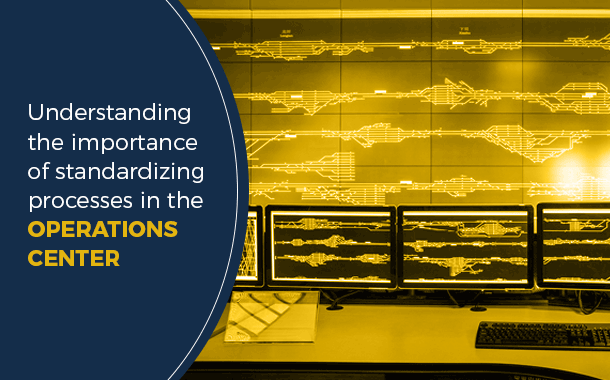RMP in your Control Center: achieving more with less
In a railroad operation, overseeing the train traffic withing the entire network in real time is paramount. For this reason the control center was devised as a place where decisions are made, always aligned to the railroad’s interests. Due to the overwhelming amount of information handled by the operation, it becomes necessary that management is properly allotted among defined “zones of control”. This allows all operational aspects to be managed proactively by each zone’s responsible.
In each zone of control, the traffic controller has the duty of planning train circulation and coordinating maintenance needs, customer demands and operational requirements – all while having the business’ interests in mind. With multiple zones of control existing in a traffic operation, a decision based in any of them can bring impacts throughout the entire network, that is, in other zones of control. This integration requires ceaseless negotiations, with efficient teamwork and communication among the many decision takers in the control center – they coordinate and keep the operation afloat.
However, as the operation grows or adds more control zones, the network becomes more complex, and more traffic controllers are needed to manage all traffic related activities. In sight of these scenarios, the tools used by the operators become their greatest obstacle, often withholding productivity and enhanced railroad traffic.
Enter Rail Movement Planner™. As a real-time traffic planning system, it attains the role of converging all information connected to the operation by displaying the upcoming impacts of each planning to the controllers, while integrated in all zones of control. This means the operators at the control center can make decisions based on the latest information, consistent and aligned with the business’ objectives.
This scenario of operation using Rail Movement Planner™ implies that each controller becomes able to manage larger zones of control, enhancing the process’ productivity. By increasing the zones of control, it’s possible to rationalize their amount, directly inputting productivity gains in the operation.
Furthermore, the greater the automation at the operation, the better the gains obtained with RMP – by ensuring the traffic plans are masterfully generated with all its impacts thoroughly evaluated and identified. With this paradigm of traffic management, controllers shift their focus to more analytic activities such as:
• Evaluating intervention plans on the track
• Ensuring and improving safety requirements
• Predicting and criticizing incidents
• Proposing solutions to recurring problems
• Adding value to the operation by seeing the big picture
• Etc.
Lastly, since controllers receive great assistance in generating traffic plans and in obtaining support to decision making, there is substantial reduction on workplace stress levels. Instead of being an “enforcer” of the traffic plan, the controller becomes a full-time “decision maker” that can be more conscious about the operation and its procedures at the control center.
How about a free demonstration with data from your network and getting to know more about Rail Movement Planner™? Contact us!
















